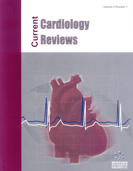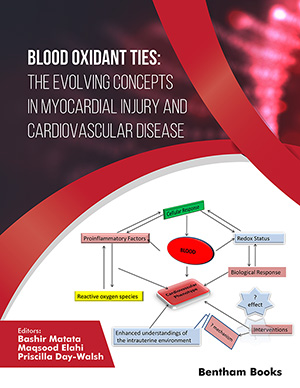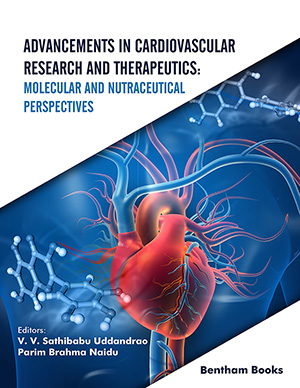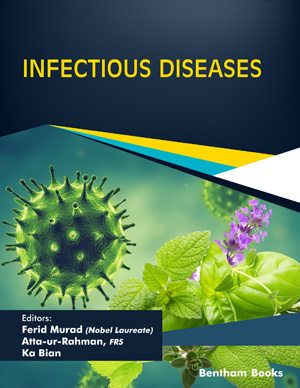Abstract
Background: Heart failure is a clinical condition with high mortality and morbidity that occurs when the heart is unable to pump enough blood to meet the metabolic demands of the body. The pharmacological management of heart failure has been revolutionized over the past decade with novel treatments.
Objective: The aim of the review is to highlight the recent pharmacological advances in the management of heart failure.
Results: Sodium-glucose cotransporter-2 inhibitor (SGLT2i), iron carboxymaltose, finerenone, omecamtiv mecarbil, and vericiguat have been shown to reduce hospitalization for heart failure. However, only SGLT2i, vericiguat, and omecamtiv mecarbil have been shown to reduce cardiovascular death. Finerenone has been shown to reduce cardiovascular events and renal adverse outcomes in patients with diabetes and kidney disease. Currently, only SGLT2i has been studied in patients beyond the heart failure with reduced ejection fraction population.
Conclusion: The current quadruple therapy in the treatment of heart failure has demonstrated a reduction in the hospitalization of patients and a decrease in mortality associated with the condition. Individualized heart failure therapy research have shown some benefit in select heart failure patients. Further research on novel therapies will help improve heart failure patient outcomes.
Keywords: Heart failure, SGLT2i, iron carboxymaltose, finerenone, omecamtiv mecarbil, vericiguat.
[http://dx.doi.org/10.1016/j.cjca.2021.01.017] [PMID: 33827756]
[http://dx.doi.org/10.1016/j.jacbts.2020.02.004] [PMID: 32613148]
[http://dx.doi.org/10.1056/NEJMoa1911303] [PMID: 31535829]
[http://dx.doi.org/10.1056/NEJMoa2022190] [PMID: 32865377]
[http://dx.doi.org/10.1056/NEJMoa2030183] [PMID: 33200892]
[http://dx.doi.org/10.1056/NEJMoa2107038] [PMID: 34449189]
[http://dx.doi.org/10.1038/s41591-021-01659-1] [PMID: 35228754]
[http://dx.doi.org/10.1056/NEJMoa2206286] [PMID: 36027570]
[http://dx.doi.org/10.1038/s41591-022-01971-4] [PMID: 36030328]
[http://dx.doi.org/10.1161/CIRCULATIONAHA.118.030099] [PMID: 29967232]
[http://dx.doi.org/10.1056/NEJMoa0908355] [PMID: 19920054]
[http://dx.doi.org/10.1093/eurheartj/ehu385] [PMID: 25176939]
[http://dx.doi.org/10.1016/S0140-6736(20)32339-4] [PMID: 33197395]
[http://dx.doi.org/10.1016/S0140-6736(22)02083-9] [PMID: 36347265]
[http://dx.doi.org/10.1161/CIRCHEARTFAILURE.120.008100] [PMID: 34003690]
[http://dx.doi.org/10.1016/j.bone.2021.116202] [PMID: 34534708]
[http://dx.doi.org/10.1056/NEJMoa2025845] [PMID: 33264825]
[http://dx.doi.org/10.3389/fendo.2023.1125693] [PMID: 36860374]
[http://dx.doi.org/10.1161/CIRCULATIONAHA.121.057983] [PMID: 34775784]
[http://dx.doi.org/10.1681/ASN.2021070942] [PMID: 34732509]
[http://dx.doi.org/10.1016/j.jacc.2019.02.051] [PMID: 31072579]
[http://dx.doi.org/10.1016/S0140-6736(16)32049-9] [PMID: 27914656]
[http://dx.doi.org/10.1056/NEJMoa2025797] [PMID: 33185990]
[http://dx.doi.org/10.1016/j.ihj.2022.03.005] [PMID: 35301008]
[http://dx.doi.org/10.1016/j.jacc.2020.08.031] [PMID: 33032741]
[http://dx.doi.org/10.1001/jama.2015.15734] [PMID: 26547357]
[http://dx.doi.org/10.1093/eurheartj/ehw593] [PMID: 28369340]
[http://dx.doi.org/10.1001/jama.2020.15922] [PMID: 33079152]
[http://dx.doi.org/10.1056/NEJMoa1915928] [PMID: 32222134]
[http://dx.doi.org/10.1177/03000605231159333] [PMID: 36896460]
[http://dx.doi.org/10.1111/eci.13624] [PMID: 34043809]
[http://dx.doi.org/10.1093/eurheartj/ehab670] [PMID: 34649282]




















